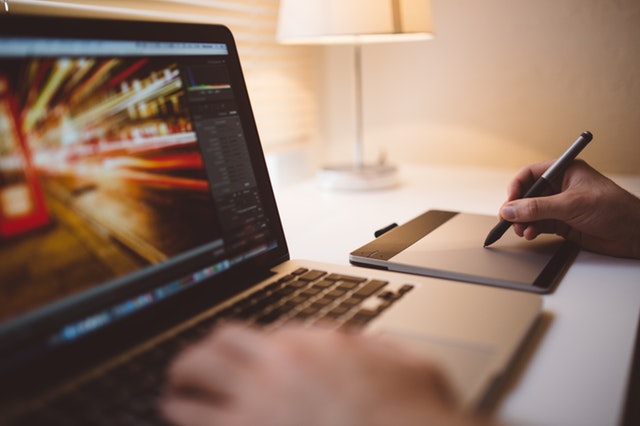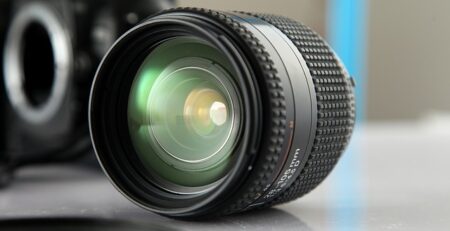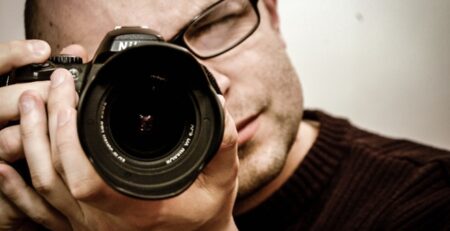With digital photography, only the best shots make it onto prints for hanging on the wall, collecting in albums and sharing with friends. But all too often, holding a print in your hands makes everything that you missed while editing the digital file all to obvious. What edits should you make before moving from digital to print? To help make sure you didn’t miss the mark on photo editing, here’s a photo editing checklist to make sure that photo pops in print.
Crop
The aspect ratio of the print may not be the exact shape of the original photo. Cropping helps make sure the printer doesn’t leave out any essential details in translation. When cropping, also look for ways to remove distractions. The straightening tool at the corner of that crop box is also a great thing to check before printing the shot too.
Exposure
Too light? Too dark? Make sure that exposure is dead on before printing. Over (or under) exposing for a mood is fine, but make sure that print has the right light before sending it off to the printers.
Contrast
While making sure the overall exposure is good, don’t forget about the individual tones. Adjust the shadows, blacks, highlights and whites to get the image to pop on paper — or to achieve that matte film look you’re going for. Adjusting individual tonal ranges is often a better approach than simply adjusting contrast all at once.
Colours
Colour can make or break an image — thankfully, adjusting colors is easy to do in Lightroom’s HSL panel, which allows you to adjust each color individually. Also watch for vibrance and saturation, but be careful not to overdo it.
White balance
With RAW photography, a perfect white balance is easy to achieve. Weather you are looking for accurate colors or creating a mood with warm or cool tones, make sure that white balance is exact before hitting that print button.
Distractions
Is there anything in the photo distracting from the subject? Before printing, check for things like power lines or telephone poles in the background. On a portrait, look for things like acne or teeth that aren’t quite white. Distractions can often be eliminated using the clone or heal tool, or sometimes, making a crop.
Sharpness
Sharpness is often something that goes unnoticed until seeing the shot in print — save on the cost of reprinting by viewing the image at 100 percent and applying any necessary sharpening adjustments.
Noise
If you took that photo in limited light, chances are, you’ll have some noise. Some amounts of noise can be removed from the image without degrading the quality — check if the noise levels could be a little better, or if you went a bit too far on the noise reduction the first time.
Industry-specific
Every type of photography has it’s own unique quirks. Before you finalize the edits, make sure the shot fits with the adjustments for that category. For example, a landscape photo is often straightened and occasionally the sky is enhanced with a digital graduated filter. Portraits, on the other hand, may have more retouching to help the person look their best.
Photo editing helps prints look their best — and making sure the edits are just right first helps save on the cost of reprinting to get those shots perfect. With each edit, make sure you don’t go too far and blur skin to plastic, over saturate colors unnaturally or over-sharpen.






